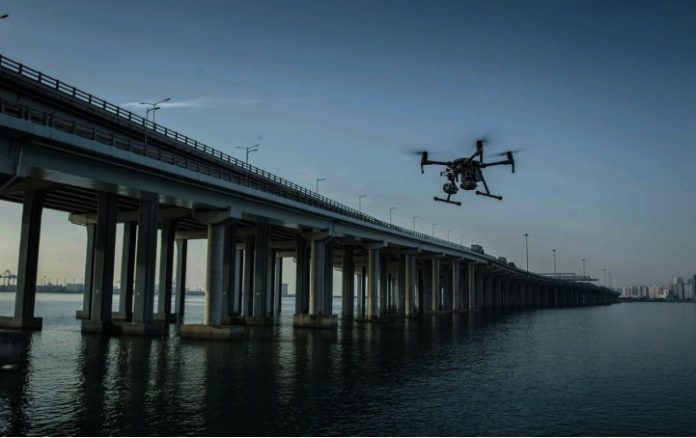In today’s fast-evolving industrial landscape, maintaining infrastructure safety is not just a regulatory requirement—it’s a critical component of operational success. From bridges and power lines to railways and pipelines, the health of structural assets can determine the safety of entire communities. One innovation that is dramatically transforming this field is drone inspection technology. Leveraging cutting-edge aerial capabilities, drones are reshaping how inspections are conducted—offering safer, faster, and more detailed data collection than ever before.
Enhancing Safety Through Remote Access
Traditional inspection methods often involve significant risks, especially when dealing with hard-to-reach or hazardous environments. Technicians may have to climb tall structures, navigate tight spaces, or suspend themselves from harnesses—exposing them to potential accidents. Drone inspections eliminate much of this risk by providing high-resolution visuals from a safe distance. Operators can control drones remotely, allowing them to inspect tall buildings, wind turbines, and high-voltage lines without placing human lives at risk.
The safety benefits extend beyond the inspectors themselves. Early detection of cracks, corrosion, or structural weaknesses can prevent catastrophic failures that might otherwise harm workers, residents, or commuters relying on that infrastructure.
Speed and Efficiency in Inspections
Speed is another significant advantage of drone technology. Traditional methods can be time-consuming, often requiring scaffolding, rope access, or the shutdown of operations. In contrast, drones can be deployed quickly and complete inspections within hours. For example, inspecting a cell tower with manual methods might take a day or two, but a drone can complete the same task in under an hour.
This rapid turnaround means that maintenance decisions can be made sooner, reducing downtime and minimizing disruptions. For industries where time equates to revenue—such as utilities, transport, and telecommunications—this speed translates directly into cost savings.
Improved Accuracy with High-Quality Data
One of the standout features of aerial inspection services is their ability to capture extremely detailed data. Equipped with high-resolution cameras, thermal imaging, and LiDAR technology, drones offer perspectives that are often difficult to achieve through manual inspection. These tools provide a comprehensive view of the structure, detecting even the smallest defects or areas of concern.
Moreover, the collected data can be stored and compared over time, allowing for trend analysis and predictive maintenance. This long-term view supports proactive decision-making and extends the life span of the asset by addressing issues before they escalate.
Cost-Effective Infrastructure Management
In the long run, drone inspections contribute to substantial cost reductions. By reducing the need for expensive equipment, minimizing labour hours, and preventing unplanned outages, organizations can significantly lower their maintenance budgets. Furthermore, the detailed analytics provided by drones help prioritize repairs, ensuring resources are directed where they are needed most.
Insurance costs may also be affected positively. Demonstrating a robust inspection routine using modern technology can improve an organization’s risk profile and potentially lead to lower premiums.
Supporting Sustainability Goals
Many industries are under increasing pressure to meet sustainability targets. Drones contribute to this goal by reducing the environmental impact associated with traditional inspections. With no need for scaffolding materials, heavy machinery, or fuel-powered vehicles, drone operations offer a lighter footprint. Additionally, by helping identify energy inefficiencies or environmental damage early on, drones can support broader sustainability initiatives.
Regulatory Compliance and Recordkeeping
Drone technology also plays a pivotal role in ensuring compliance with safety and maintenance regulations. The data collected can serve as verifiable evidence of inspections, useful during audits or legal reviews. With timestamped footage, geotagged images, and detailed flight logs, companies have a transparent record of their maintenance practices.
Conclusion: Partnering with the Right Experts
Adopting drone technology for infrastructure inspection isn’t just about embracing innovation—it’s about securing better, safer, and smarter results. As the demand for high-precision inspections grows, it’s essential to work with experienced professionals who understand both the technical and operational nuances of drone usage. For those looking to elevate their inspection standards, High Exposure offers industry-leading solutions that combine technical expertise with state-of-the-art equipment, ensuring infrastructure safety is maintained with accuracy, efficiency, and care.

